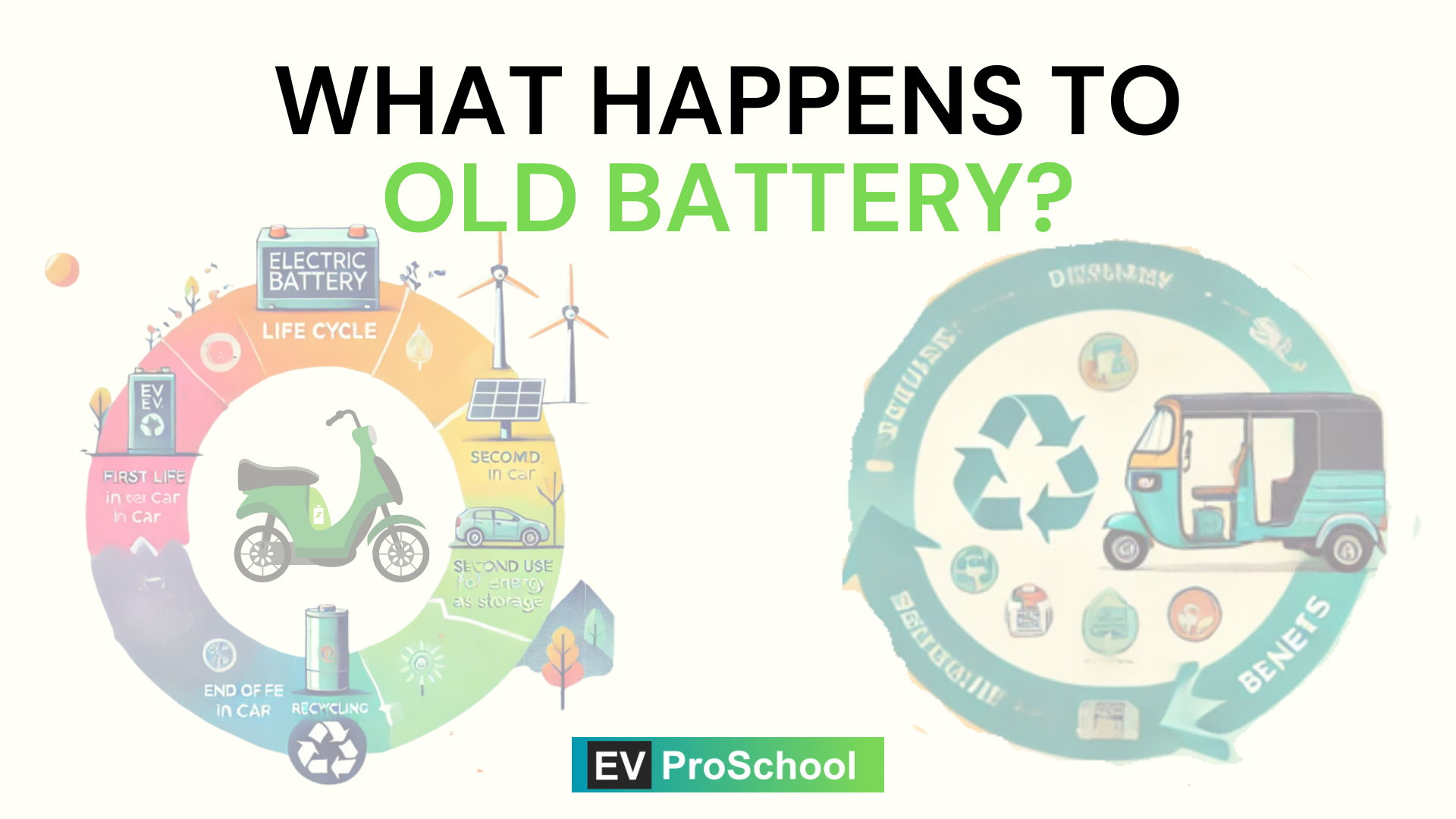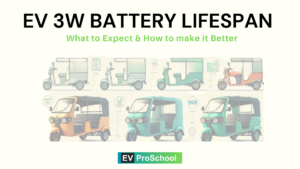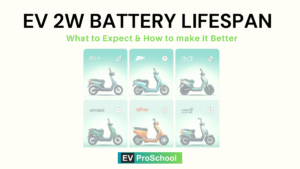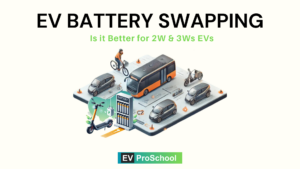This blog post will explore the journey of old batteries from electric two-wheelers (2W) and three-wheelers (3W), emphasizing reuse, recycling technologies, and their role in the circular economy. It will provide a fresh perspective tailored to the Indian market, highlighting challenges, opportunities, and real-world examples.
1. Objectives
Purpose:
- Educate readers on how old EV batteries from 2Ws and 3Ws are handled at the end of their life.
- Highlight the environmental
and economic benefits of recycling and reusing batteries.
- Showcase the role of second-life applications in creating a circular economy.
2. Blog Outline
Title Options:
- Main Title: What Happens to Old Electric 2W & 3W Batteries?
- SEO-Friendly Title: Recycling and Reusing Batteries from Electric Scooters and Rickshaws
Introduction: Giving Old Batteries a New Purpose
- Hook:
“Did you know that the batteries powering your electric scooter or rickshaw can live multiple lives? Discover how old EV batteries are recycled and reused to reduce waste and promote sustainability.” - Briefly describe the issue of battery waste from EVs.
- Preview the blog: “In this post, we’ll explore the journey of old EV batteries—from reuse to recycling—and their contribution to a greener future.”
Section 1: Why Old Batteries Are a Concern
1. The Scale of the Problem
- Increasing adoption of 2W and 3W EVs in India is leading to a growing volume of end-of-life batteries.
- Stat: India is expected to generate over 50,000 tons of EV battery waste by 2030.
2. Environmental Risks
- Improper disposal can lead to:
- Leaching of toxic chemicals like lithium and cobalt into the soil and water.
- Increased e-waste burden on landfills.
Section 2: Reuse Processes for Second-Life Batteries
1. What Are Second-Life Batteries?
- Batteries that no longer meet performance requirements for EVs but still have 70–80% capacity remaining.
2. Applications of Second-Life Batteries
- Energy Storage Systems:
- Used in solar power setups or microgrids to store excess energy.
- Home and Commercial Use:
- Power backup systems for homes and small businesses.
- Rural Electrification:
- Affordable energy solutions for underserved areas in India.
3. Real-World Example:
- Companies like Lohum Cleantech in India repurpose old EV batteries for stationary storage systems.
Section 3: Recycling Technologies for EV Batteries
1. Battery Recycling Process
- Dismantling: Batteries are disassembled to extract reusable materials.
- Material Recovery:
- Lithium, cobalt, nickel, and manganese are recovered through hydrometallurgy or pyrometallurgy.
- Safety Measures: Ensuring non-toxic disposal of residual materials.
2. Indian Recycling Initiatives
- Companies like Attero Recycling and Tata Chemicals are leading battery recycling efforts in India.
- Government Policy: The Indian government’s battery recycling regulations mandate safe disposal and reuse.
Section 4: Circular Economy Benefits of Reusing and Recycling Batteries
1. Reduced Dependency on Raw Materials
- Recycling reduces the need for new mining of lithium, cobalt, and nickel.
2. Economic Savings
- Lower production costs for new batteries by using recycled materials.
3. Environmental Impact
- Prevents hazardous waste from polluting the environment.
- Reduces the carbon footprint of battery production.
4. Job Creation in India
- Recycling and reuse industries create jobs in dismantling, repurposing, and material recovery.
Section 5: Challenges and the Road Ahead
1. Infrastructure Gaps
- Limited recycling facilities and collection networks in India.
2. High Costs of Recycling Technologies
- Advanced recycling methods require significant investment.
3. Need for Consumer Awareness
- Educating users on proper disposal methods and second-life applications.
Conclusion: Turning Waste into Value
- Recap how old 2W and 3W batteries can be repurposed and recycled.
- Emphasize the role of second-life batteries in creating a circular economy.
- End with a call-to-action:
“Join the movement toward a sustainable future—support EV recycling and reuse initiatives to reduce waste and power a cleaner tomorrow.”
3. Writing Style and Tone
- Tone: Informative and optimistic, highlighting solutions over challenges.
- Use relatable examples:
- “Imagine your old scooter battery powering a small village’s electricity needs—this is the power of second-life batteries.”
4. Suggested Visuals and Graphics
- Lifecycle Diagram: Show the journey of an EV battery through reuse, recycling, and back into production.
- Infographic: Key stats on battery waste and recycling efforts in India.
- Real-World Applications: Images of second-life batteries powering solar grids or home backup systems.
- Circular Economy Diagram: How recycling reduces waste and raw material dependency.
5. SEO Optimization Strategy
Focus Keyword:
“Recycling electric two-wheeler and three-wheeler batteries”
Supporting Keywords:
- Second-life EV batteries
- EV battery recycling in India
- Circular economy for EV batteries
- Sustainable EV battery disposal
Meta Description:
“Learn what happens to old electric two-wheeler and three-wheeler batteries. Discover reuse processes, recycling technologies, and how they support a circular economy in India.”
Alt Text for Feature Image:
“Infographic showing reuse and recycling processes for electric two-wheeler and three-wheeler batteries.”
6. Blog Length and Target Audience
- Word Count: 1,800–2,200 words to ensure detailed coverage.
- Target Audience: EV users, fleet operators, sustainability advocates, and policymakers in India.
This strategy ensures the blog post is practical, engaging, and India-specific, emphasizing the potential of reusing and recycling batteries to build a sustainable EV ecosystem.



